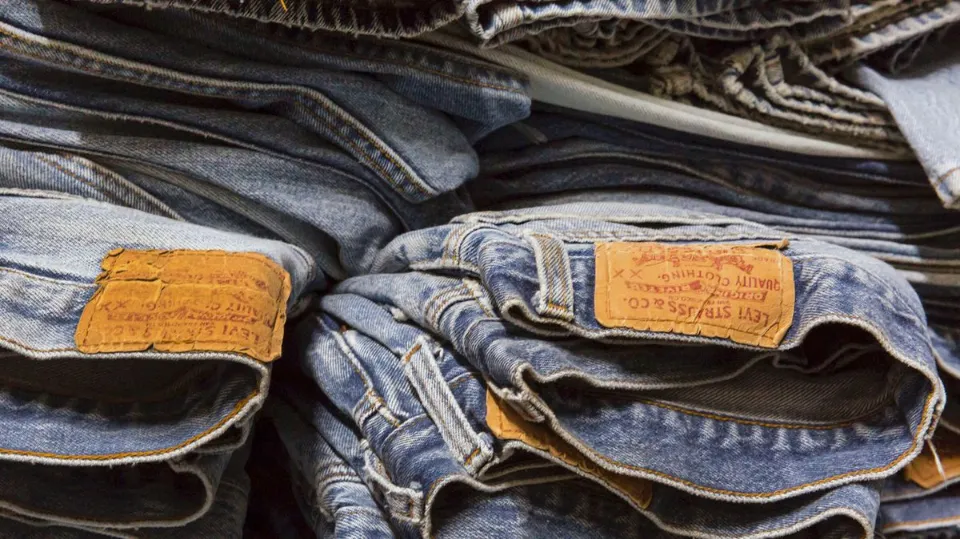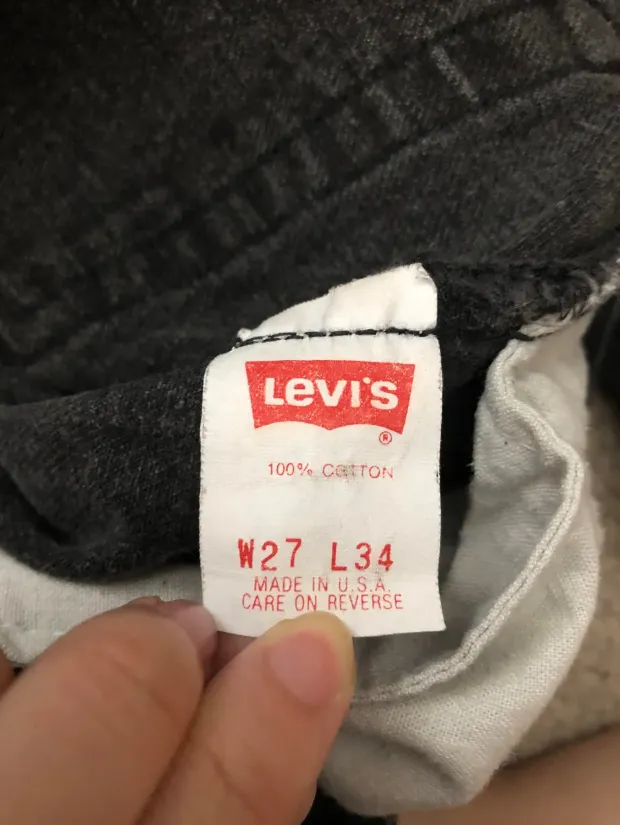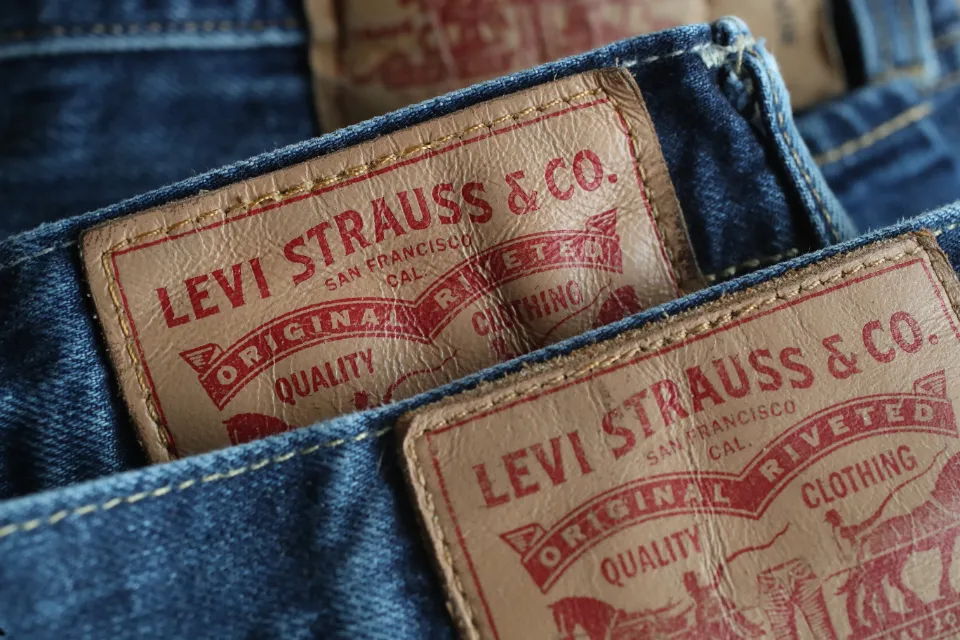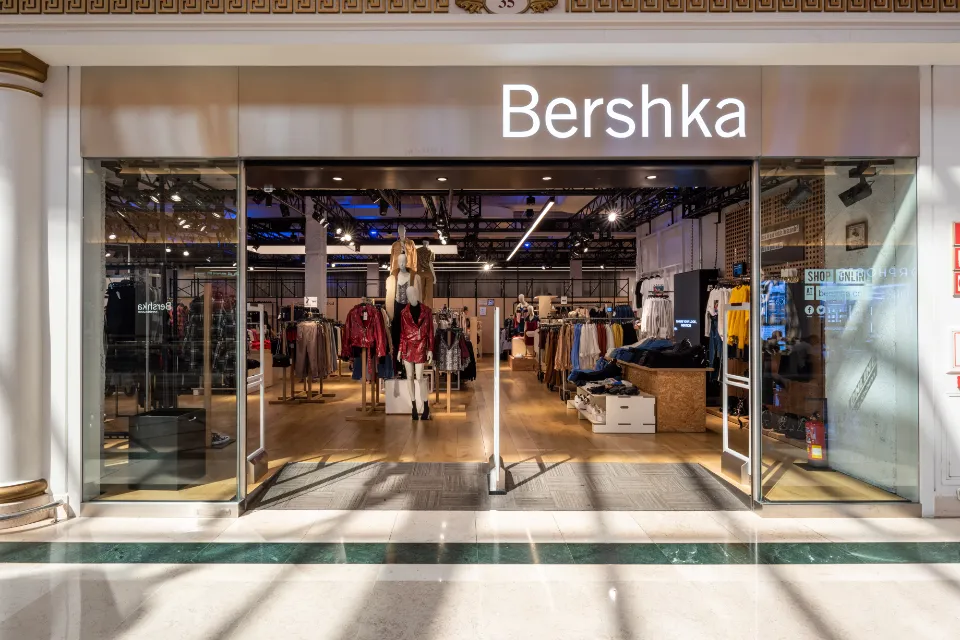Wondering how to tell if Levi’s are vintage? If so, you’ve found the right place.
One of the first things to look for when identifying genuine vintage Levi’s jeans is the presence of the Old School tags.
Here are a few methods to help you figure out when the perfect pair of new-to-you jeans was made if you’re fortunate enough to come across our renowned red tab while browsing the racks.
Introduction to Vintage Levi’s Jeans
Levi’s jeans, a brand synonymous with quality, durability, and timeless style, has been an essential part of wardrobes worldwide for over a century.
Since their humble beginnings in the mid-19th century as workwear for miners and laborers, Levi’s jeans have undergone a significant amount of evolution, adapting to the constantly shifting fashion scene while retaining their distinctive appeal.
In particular, vintage Levi’s jeans have captivated fashion enthusiasts and collectors alike, with the brand’s rich history and enduring designs making them a sought-after item in the world of vintage fashion.
Read More:
How to Tell If Levi’s Are Vintage?

Here are six ways to tell if Levi’s are vintage.
Old School Tags and Capital ‘E’ in Levi’s
The presence of the Old School tags is one of the first indicators of genuine vintage Levi’s jeans.
Examining the red tab on the back pocket makes it simple to identify genuine vintage Levi’s produced before 1970.
When the word LEVi’s contains a capital “E,” the jeans are considered to be authentic vintage clothing. Don’t limit your search to only jeans with the big “E,” though styles from the 1980s and 1990s can also be fantastic.
Check the Buttons
Levi’s manufactured in the mid-1970s and prior will have a single digit stamped onto them. The buttons on more recent models (and counterfeit copies) are stamped with three digits.
On older versions, the most common numbers are 2, 5, 6, and the letter W. New Levi’s have “501” or “555” stamped on them.
Look at the Rivets
Flat silver rivets with L.S. are a feature of vintage designs from the mid-1960s to the 1980s.&On them, there is an indent for CO-S.F.
L.S. rivets and circular patterns are a feature of more recent designs made of aluminum or copper.&On them, there is an indent for CO-S.F. The circular patterns on the rivets are an undeniable indication that the Levi’s are recent.
Read the Care Tags

They first appeared on Levi’s in the 1970s. The tags from 1970 to 1985 were plain white with dark blue writing and contained an instruction that read “Shrinks about 10%.”
Newer jeans (after 1985) have care tags that are white with red writing and Levi’s logo placed prominently at the top. The older versions do not have Levi’s logo on the care tags.
You Might Also Like: Do Levi’s Shrink?
Inspect the Inseam and Back Pockets
Before the middle of the 1980s, almost all Levi’s had an inseam style known as a single felled inseam, which is a single stitch that runs down the inner thigh. The arcuate shape of the back pockets on vintage Levi’s is very noticeable.
Two broad arcs that are joined in the middle to form an arcuate shape, which resembles the top of a conventional heart shape, serve as the definition of an arcuate. The arcs are much shallower on more recent Levi’s.
Check for Bar Tacks at the Corners of the Pockets
Using extra thread to reinforce a thicker fabric, like denim, is a sewing technique known as “bar tacks.” At least 20 years old, and possibly even older, are Levi’s with bar tacks on the corner pockets.
Popular Vintage Levi’s Styles
Here are some popular Vintage Levi’s styles.
Levi’s 501 – Button Fly, Straight Leg, Mid-rise Fit
The Levi’s 501 is arguably the most iconic and well-known vintage Levi’s style. The 501, which was first produced in the late 1800s, has a lengthy history and is still used today in fashion.
The 501 is a versatile and universally flattering option thanks to its button fly, straight leg, and mid-rise fit.
A distinctive, form-fitting shape that emphasizes the wearer’s curves is created by the 501’s back panel being cut wider than the front panel.
The 501’s adaptability is one factor in its appeal. These jeans go well with many different types of footwear and accessories and can be dressed up or down.
You’re sure to find a pair of vintage 501s that complements your personal style because they come in a variety of washes and finishes.
Related Reading: Levi’s 501 Vs 505
Levi’s 505 – Zip Fly, Straight Leg, Mid-rise Fit
Another timeless vintage style is the Levi’s 505. The 505 is a versatile and comfortable option that was first introduced in the 1960s. It has a zip fly, a straight leg, and a mid-rise fit.
The front and back panels of the 505 are the same width, and the cut is very straight. As a result, you get a sharp, tailored look that you can easily dress up or down.
The 505 has different washes and finishes, just like the 501. While 505s from the 1980s and 1990s fit more like mid-rise pants, those from the 1970s typically have a higher waist.
When looking for a pair that complements your body shape and sense of style, this difference in fit can be helpful.
Levi’s 517 – Subtle Flare, High Waist Or Mid-rise Depending on Era
For those seeking to diversify their denim wardrobe, the vintage Levi’s 517 style with its subtle flare at the bottom is a great choice.
Depending on the time period they come from, the 517 can have a high waist or mid-rise fit.
For instance, 517s from the 1970s, which frequently have an orange tab on the back pocket, have a higher waist, whereas 517s from the 1990s have a more mid-rise silhouette.
The 517’s slight flare can give the appearance of longer legs, especially when worn with heels that protrude from under the bell.
The 517 is a versatile and distinctive vintage Levi’s style to think about including in your wardrobe. It has a zip fly and a number of wash options.
Levi’s 551 – Looser, Tapered Fit for a Mum Jean Style
The Levi’s 551 is a fantastic option for people looking for a more laid-back and casual vintage look. The 551 offers a looser, tapered fit, which makes it perfect for achieving the popular “mum jean” look.
Being more form-fitting than the 501, this vintage pair of women’s jeans is best for those who are petite. The 551 has a zip fly and comes in different washes to match your personal style.
Whether you’re going for a relaxed, casual look or a more polished, put-together outfit, the 551 can be styled in a variety of ways. The 551 is a must-try vintage Levi’s style because of their distinctive fit and timelessness.
Conclusion: How to Tell If Levi’s Are Vintage
Throughout this ultimate guide to vintage Levi’s jeans, we have explored the rich history and enduring appeal of these iconic garments.
From understanding how to identify genuine vintage Levi’s to discovering popular styles and where to buy them, we have provided a comprehensive overview of the world of vintage denim.
Emphasizing the worth and distinctiveness of vintage Levi’s jeans is crucial as we draw to a close this guide. These clothes not only have a rich past, but they also provide a fashionable and sustainable alternative to fast fashion!
Related Reading:
FAQs
What is the Difference Between Vintage and Regular Levis?
The quality of the denim, which is discernible in the weight, thickness, and shape, is the main distinction between vintage and new pairs.
How Do I Know If My Levi’s Are Worth Money?
Check their wheels before you yell; if they have a red line, they are valuable.
What Type of Levis Are Vintage?
The 501, 505, and 517 are the three most popular vintage designs.




